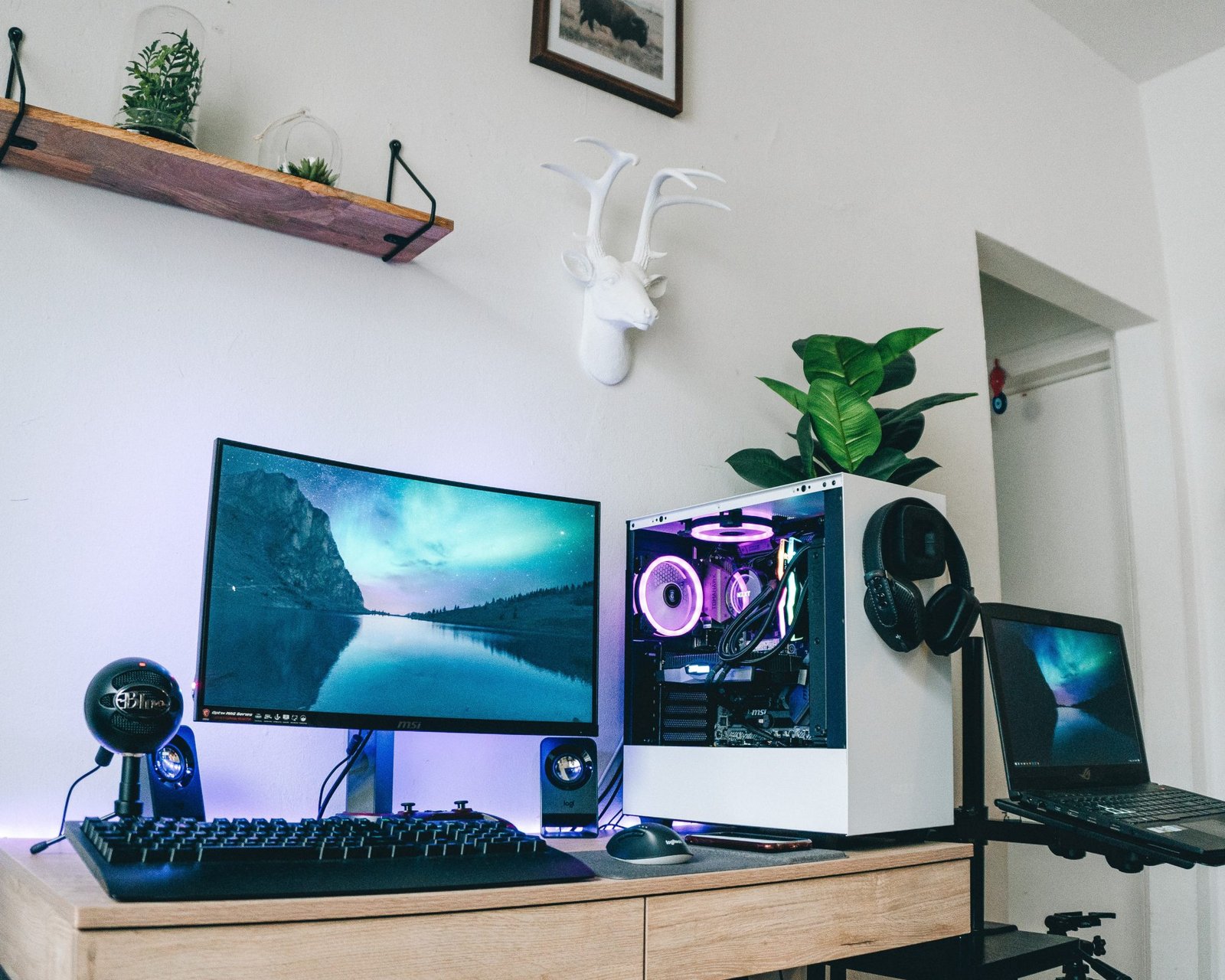Modern homes now contain many more devices connected to networks than they used to have in the past few years.
All smart devices such as smartphones, laptops, gaming consoles, smart TVs, and multiple smart home gadgets need an internet connection to perform as intended.

The rise of modern technology has enabled convenient daily tasks but ultimately produces higher strain on residential internet networks. The amount of devices existing on a network causes increased bandwidth strain that results in reduced speeds, buffering issues, and disrupted connections. The effect of connected devices on home internet speed requires full understanding to provide stable connectivity for each person using the network.
How Bandwidth Affects Internet Speed
The quantity of data that can move through an internet connection at distinct moments depends on bandwidth. An available network bandwidth distributes itself equally among connected devices that simultaneously utilize the connection. Home devices that simultaneously play HD videos at the same time, the network performance affects all other connected devices by reducing their speed. Slowdowns in online experiences become noticeable when using the internet for browsing websites and playing games as well as conducting video conferences, which causes frustration for users depending on quick and steady connection performance.
The internet connectivity type determines how much bandwidth users will have available for use. Users who select fibre internet gain improved internet speed capabilities along with superior bandwidth control versus regular broadband networks. A quick internet connection does not protect performance from degradation that results from excessive device usage. Home internet users need to know their bandwidth capacity and address how their devices use the internet to gain maximum performance.
The Effect of Smart Devices on Network Performance
The popularity of smart home technology has increased during recent years because homeowners now frequently use security cameras along with voice assistant technology and smart thermostats. These convenient devices create additional strain on the overall network systems. Smart devices constantly need an online connection to work effectively, while continuously using internet bandwidth, although no specific task is occurring. Network performance deteriorates when new devices join the network, so the additional strain makes other activities slower to complete.
Connected devices that require cloud-based updates together with remote access support elevate network demand levels. The transfer of background data occurs unnoticed while using up bandwidth. Users who want to avoid system slowdowns should establish time-based update schedules and can determine which features to disable when they are not required. Keeping only necessary devices connected continuously works as a method to achieve superior internet performance.
Streaming and Gaming in Slowing Internet Speeds
The combination of streaming services and online gaming requires large bandwidth resources, which becomes even more significant during peak usage when several users participate in simultaneous activities. Internet video streaming resolutions that exceed HD or 4K capabilities cause network resources to become insufficient for many online activities. The network performance suffers when various streaming activities occur across multiple household devices, because it cannot maintain stable speeds which results in buffering while the video quality decreases.
The strain on internet connection becomes substantial when playing games through online servers which need steady real-time communication. Low connection speeds and overloaded networks will produce delays which impact real-time gameplay for users. The setup of certain gaming consoles together with streaming devices includes features that enable users to manage their network bandwidth allocation. The ordering of these priority activities through router configuration enables successful performance upkeep while ensuring enough bandwidth availability for other connected devices.
The Impact of Background Applications and Automatic Updates
Connected devices along with their applications maintain internet usage without being actively used by users. The internet usage of background software updates and synchronization services and backup activities progresses without visible user interaction. Multiple devices attempting simultaneous updates through these essential security measures causes a reduction in internet speed.
Users should conduct software updates during lower bandwidth periods to minimize background application effects on their Internet connection. The disabling of automatic updates for applications which are not vital helps stop bandwidth usage that is unnecessary. Monitoring your devices and managing the network enables you to prevent background processes which affect important online tasks.
How Older Devices Contribute to Slower Speeds
The lack of current internet speed compatibility in older devices creates slow performance throughout the network. The functionality of out-of-date routers and modems along with wireless adapters becomes inadequate to process fast internet speeds thus creating unreliable performance. Reporting devices with older Wi-Fi technologies will not be able to maximize network bandwidth capacity thus causing slower speeds for new devices connected to the same network.
Upgrading to contemporary speed-optimal hardware components will enhance the entire speed performance of the network. A dual-band or mesh Wi-Fi system enables effective network distribution which guarantees all devices obtain stable and fast internet connectivity. The regular updating of routers’ firmware alongside devices’ software enhances performance because it becomes both more secure and has better network optimization capabilities.
The Importance of Network Management for Better Performance
The correct management of networks leads to a balanced system and highly efficient home internet connection performance. Routers in the present day market include functionality that permits users to sort their devices and applications according to priority thus directing the available bandwidth to critical needs. Quality of Service adjustments allow users to optimize streaming and gaming and video calls while reducing slowdown occurrences.
Network congestion prevention is possible through the practice of managing connected devices by controlling the active connection count. Disconnection of unused devices will create available bandwidth that essential functions can take advantage of. The combination of wired connections instead of Wi-Fi for bandwidth-heavy activities should be used because it guarantees better speed and stability while minimizing Wi-Fi reliance.






